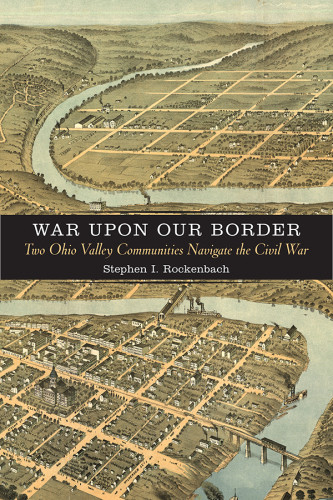

Most ebook files are in PDF format, so you can easily read them using various software such as Foxit Reader or directly on the Google Chrome browser.
Some ebook files are released by publishers in other formats such as .awz, .mobi, .epub, .fb2, etc. You may need to install specific software to read these formats on mobile/PC, such as Calibre.
Please read the tutorial at this link: https://ebookbell.com/faq
We offer FREE conversion to the popular formats you request; however, this may take some time. Therefore, right after payment, please email us, and we will try to provide the service as quickly as possible.
For some exceptional file formats or broken links (if any), please refrain from opening any disputes. Instead, email us first, and we will try to assist within a maximum of 6 hours.
EbookBell Team

0.0
0 reviewsWar upon Our Border examines the experiences of two Ohio River Valley communities during the turmoil and social upheaval of the American Civil War. Although on opposite sides of the border between slavery and freedom, Corydon, Indiana, and Frankfort, Kentucky, shared a legacy of white settlement and a distinct western identity, which fostered unity and emphasized cooperation during the first year of the war. But subsequent guerrilla raids, military occupation, economic hardship, political turmoil, and racial tension ultimately divided citizens living on either side of the river border. Once a conduit for all kinds of relationships, the Ohio River became a barrier dividing North and South by the end of the conflict.
Centered on the experience of local politicians, civic leaders, laborers, soldiers, and civilians, this combined social and military history addresses major interpretative debates, including how citizens chose allegiances, what role slavery played in soldier and civilian motivation, and the nature of life on the home front. Examining manuscripts, newspapers, and government documents, War upon Our Border employs a microhistorical approach to link the experiences of common people with the sweeping national events of the Civil War era. The resulting study reveals the lingering effect of the war’s memory and how the effort to construct a new regional dynamic continues to shape popular conceptions of the period.